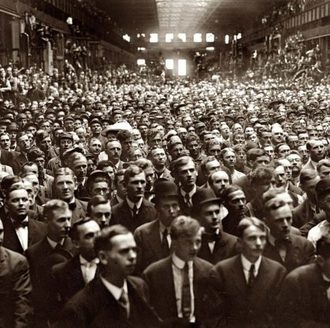Applause please!
Razvoj publike jedna je od gorućih kulturnih tema današnjice - Tko je naša publika trenutno i tko može postati naša publika? Kako evaluirati publiku? Kako uključiti javnost u kulturne aktivnosti? Kako su to učinili drugi EPK gradovi? Razumijevanje profila i potreba budućih korisnika kulturnih i društvenih sadržaja predstavlja jedan od ključeva za uspješno ostvarenje programskih aktivnosti Europske prijestolnice kulture. Dosadašnja iskustva gradova europskih prijestolnica kulture pokazuju kako aktivno sudjelovanje publike, s posebnim naglaskom na promjenu pristupa i uključivanje lokalnog stanovništva, predstavlja značajan izazov za organizatore, posebice ako se uzme u obzir da univerzalni ''ključ uspjeha'' ne postoji. Strategiju uspješnog, dugoročnog razvoja i uključivanja publike nužno je stoga temeljiti na razumijevanju te razlikovanju različitih profila potencijalne publike.
